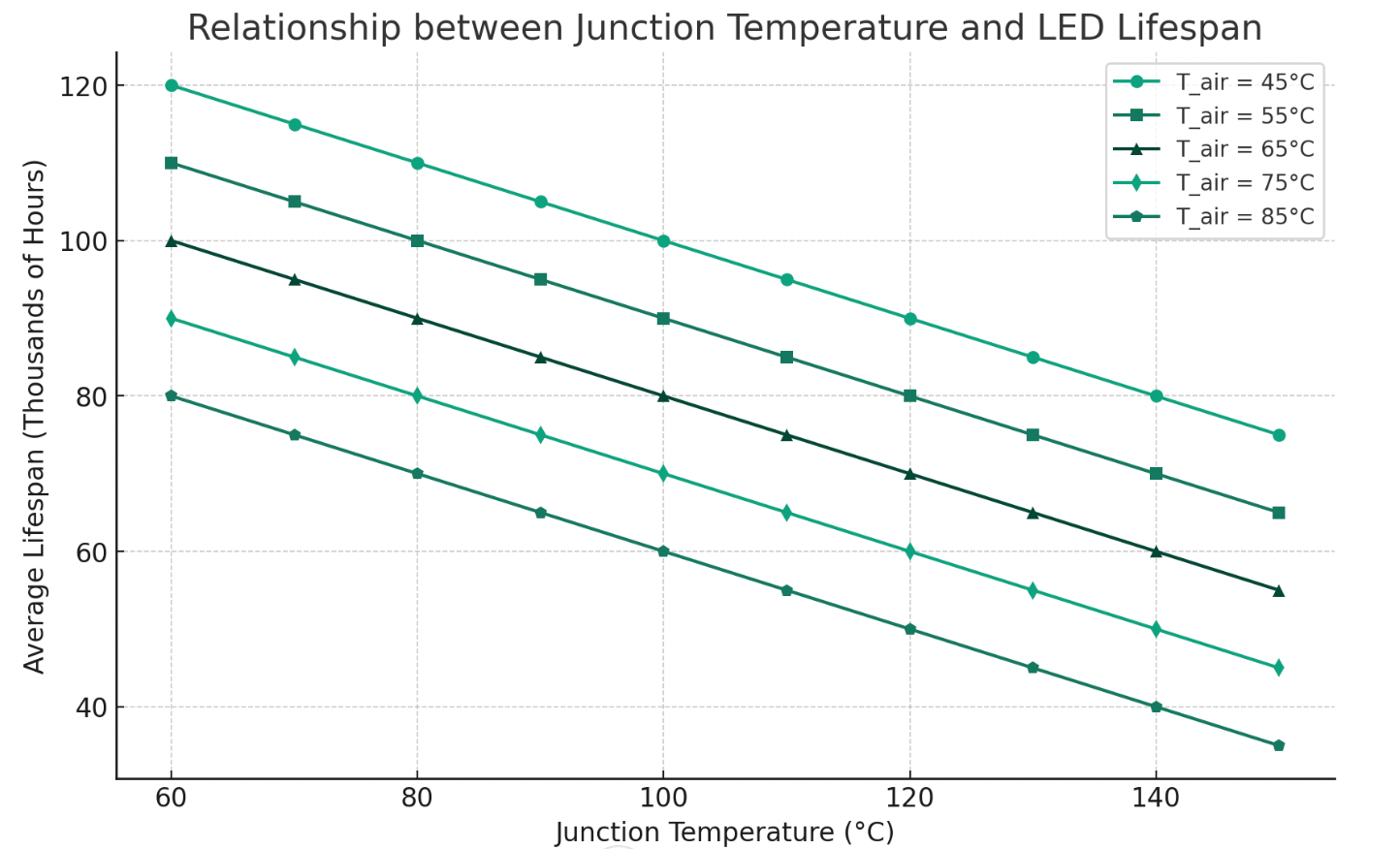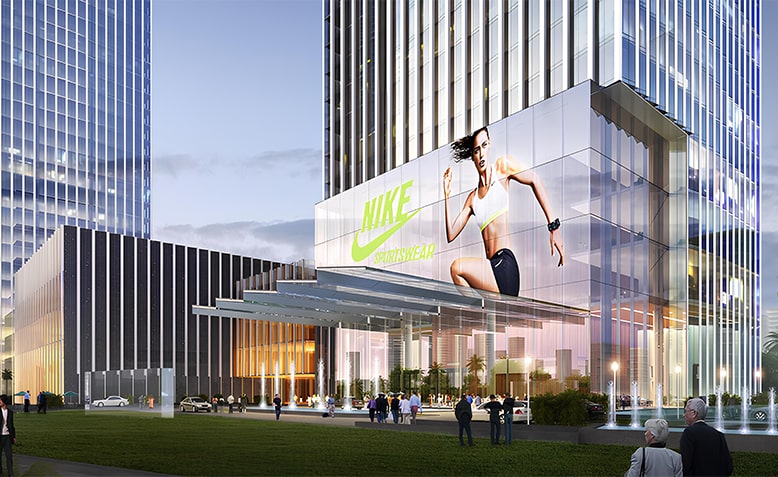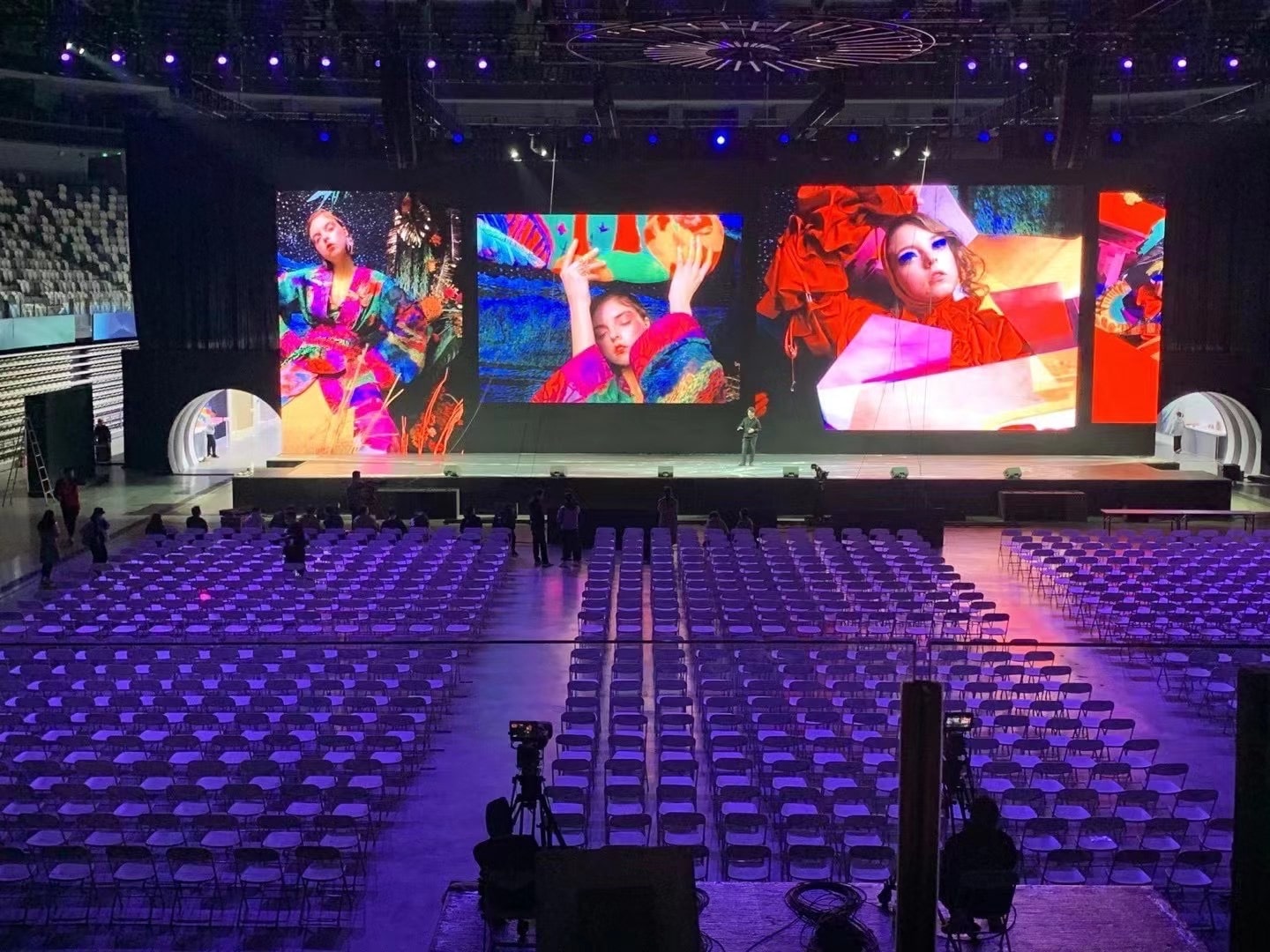Copyright © 2020 Shenzhen Vision Pro Electronic Co., Ltd All rights reserved. Site Map Powered by iwonder.cn
What determines the lifespan of your LED display? Whether lighting up a stadium, enhancing a concert stage, or adding flair to shopping malls and corporate meeting rooms, understanding the real LED display lifespan is crucial. While manufacturers might cite an industry standard of 100,000 hours, true longevity extends beyond simple numbers. This guide unpacks the factors that impact your display's lifespan and provides actionable tips not only to reach but potentially exceed these expectations, ensuring your LED investment continues to perform excellently for years to come.
Typically, a standard LED screen can be expected to last about 100,000 hours. This translates to more than ten years if the screen is operated for around 10 hours a day.
Most outdoor LED signs are only sometimes full brightness. For instance, displays left overnight often operate at reduced brightness compared to daytime. This lower power usage, along with choosing darker colors for text and images, helps extend the life of the display beyond the typical 100,000-hour lifespan. Such strategies are key to maximizing both the efficiency and longevity of LED signage.
Many variables affect an LED display’s lifespan. Let's have a look.
LED displays generate heat, and operating temperatures can influence their longevity. High temperatures can accelerate the degradation of the diodes and other components, reducing the lifespan of the display. Conversely, operating in cooler conditions can potentially extend the life of these components by reducing stress and wear.

For outdoor LED displays, weather conditions such as rain, snow, humidity, and extreme temperatures can pose challenges. Protective measures, like proper sealing and temperature-controlled enclosures, are crucial. Without these, moisture can cause short circuits or corrosion, and extreme cold or heat can push the hardware beyond its normal operating conditions.
The content displayed on an LED screen can influence its lifespan. Lots of variations on the color and brightness you use will impact the life of the diode. Colors that are darker or use fewer LEDs can reduce power consumption, which in turn generates less heat and wear on the diodes. For example, displaying black, which doesn't activate any LEDs, conserves the most energy and causes the least strain. Similar to color, the brightness of the content affects power usage. Brighter content, especially white, demands higher power, which can lead to increased heat and potentially shorter LED life.
A well-built power supply can provide stable voltage and current, which is essential for the longevity of the diodes. An inferior power supply may lead to voltage fluctuations that can damage the LED diodes over time.
Dust accumulation inside an LED screen is detrimental to its lifespan. It acts as an insulating layer, impeding proper heat dissipation and resulting in higher operating temperatures that can shorten the life of the electronic components. Furthermore, dust can attract moisture, which leads to corrosion and potential failures in the electronic circuitry. Regular cleaning and maintenance to remove dust are essential in preserving the functionality and extending the life of an LED display.

With the right care and maintenance, your LED display's lifespan can surpassing the manufacturer's estimates. Here are key tips to boost its durability and lifespan:
Choosing the optimal location for your LED display is key to extending its lifespan. For outdoor displays, avoid excessively wet or sunny areas even if they're designed to withstand the elements, as milder conditions help prevent premature wear. Indoor displays should be placed in dry, low-dust areas to avoid humidity and dust accumulation that can lead to overheating and damage. Properly situating your display in environments that minimize these risks can significantly prolong its effective lifespan and maintain its performance quality.
Using surge suppressors and voltage regulators is essential for protecting LED displays from power fluctuations and spikes. Surge suppressors mitigate short voltage surges and filter out electrical noise, while voltage regulators handle prolonged variations in voltage, ensuring stability. Employing both devices provides comprehensive electrical protection, safeguarding the display against damage and extending its lifespan by maintaining stable operating conditions.
To extend the lifespan of your LED display, it's crucial to use non-abrasive cleaning products specifically recommended by the manufacturer, such as those provided by VisionLedPro. Avoid common household cleaners like vinegar that may damage the screen's surface. Instead, use a soft cloth or chamois, lightly moistened with water, to safely remove dirt and smudges. Following these guidelines ensures your display remains clear and damage-free, thereby maintaining its performance and longevity.
Avoiding an LED display from direct sunlight is essential to prevent overheating and reduce power consumption. Sunlight not only increases the ambient temperature, causing the display to surpass recommended operating conditions, but also necessitates higher brightness levels for visibility, leading to more power usage and additional heat generation. By protecting the display from direct exposure, you can enhance its visibility, energy efficiency, and longevity.

LCD displays, particularly those using older CCFL (Cold Cathode Fluorescent Lamp) backlighting, tend to have a lifespan of around 50,000 hours. In contrast, LED displays, which use light-emitting diodes for backlighting, often boast lifespans of around 100,000 hours.
The improved lifespan of LED displays is primarily due to the longevity and efficiency of LEDs compared to CCFLs. LEDs are more durable and suffer less from brightness degradation over time, which makes them a more reliable choice for long-term usage in various applications.
As we have explored, the lifespan of an LED display can be significantly influenced by various factors, from environmental conditions to maintenance practices. For businesses looking to invest in reliable and long-lasting LED technology, choosing the right supplier is as crucial as the technology itself.
VisionLedPro is a professional LED display supplier known for its high-quality products and commitment to innovation. With a range of LED solutions that cater to diverse needs, from outdoor advertising to indoor events, VisionLedPro ensures that every display is built to last under the most demanding conditions.
I f you're considering upgrading your display systems or seeking advice on the best LED solutions for your business, visit VisionLedPro's website or contact their expert team today by led@visionledpro.com.
By continuing to use the site you agree to our privacy policy Terms and Conditions.